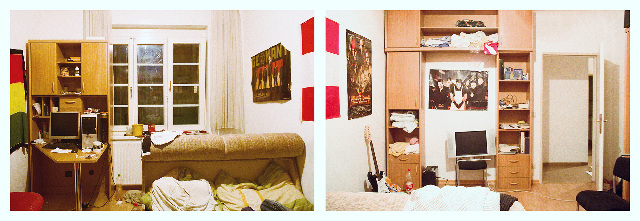Speaking through Objects
- How Visual Inputs add Value to Narrative Analysis
Lecturers
Date
- 25 August 2011–27 August 2011 Háskólinn í Reykjavík, Reykjavík, Island
Keywords
Cultural Studies, Arts, Political Science, Sociology, Cultural History
Abstract
The social sciences have for a long time now adopted narrative analysis as one of its key methods to acquire and analyze data. Even political scientists, typically concerned with macro-level phenomena and explanatory factors, are increasingly turning to qualitative interpretative methods drawn from sociology and anthropology that involve the analysis of personal narratives. Political scientists have thus started to value personal narratives as sources of data and develop corresponding research questions. Nevertheless, narrative analysis has also its limitations, some of which are inherent in storytelling. In particular, the narrative represents a particular interpretation of the informants’ experience and feelings produced in an interactive process of construction of meaning. It is inevitably influenced by the momentary setting – the place, the particular point in time, and the person to whom it is told. In this paper, we suggest a way to avoid some of these limitations by combining narrative analysis with the analysis of visual inputs, in particular personal and decorative objects. This approach proposes to see objects as carriers of meaning that may be analyzed in combination with narratives in order to tap into their symbolic or representative character for the person who owns or uses it. For example, analyzing which and how objects are arranged in a living-room says something about the person who lives in this room that possibly cannot be captured by a conversation alone. Moreover, the analysis of visual inputs offers a more perennial source of data, which is not as much influenced by the context of the interview, since, as in the example above, the decoration of a living room is a process that occurs over a long stretch of time, and it is not influenced by the presence of the interviewer in the same way as a narrative is. In order to show how visual analysis adds to narrative analysis, we draw on material collected for the ongoing project “Living Rooms: the Art of Mobilizing Belongings”, that combines visual arts and social sciences in order to research the political mobilization of belonging within Viennese social housing complexes.
Title of Event
ECPR General Conference 2011
Organiser/Management

Location
Address
- Háskólinn í Reykjavík, Reykjavík, Island
- Menntavegur 1
- 102 Reykjavík
- Island
Associated Media Files
 Image#1
Image#1

